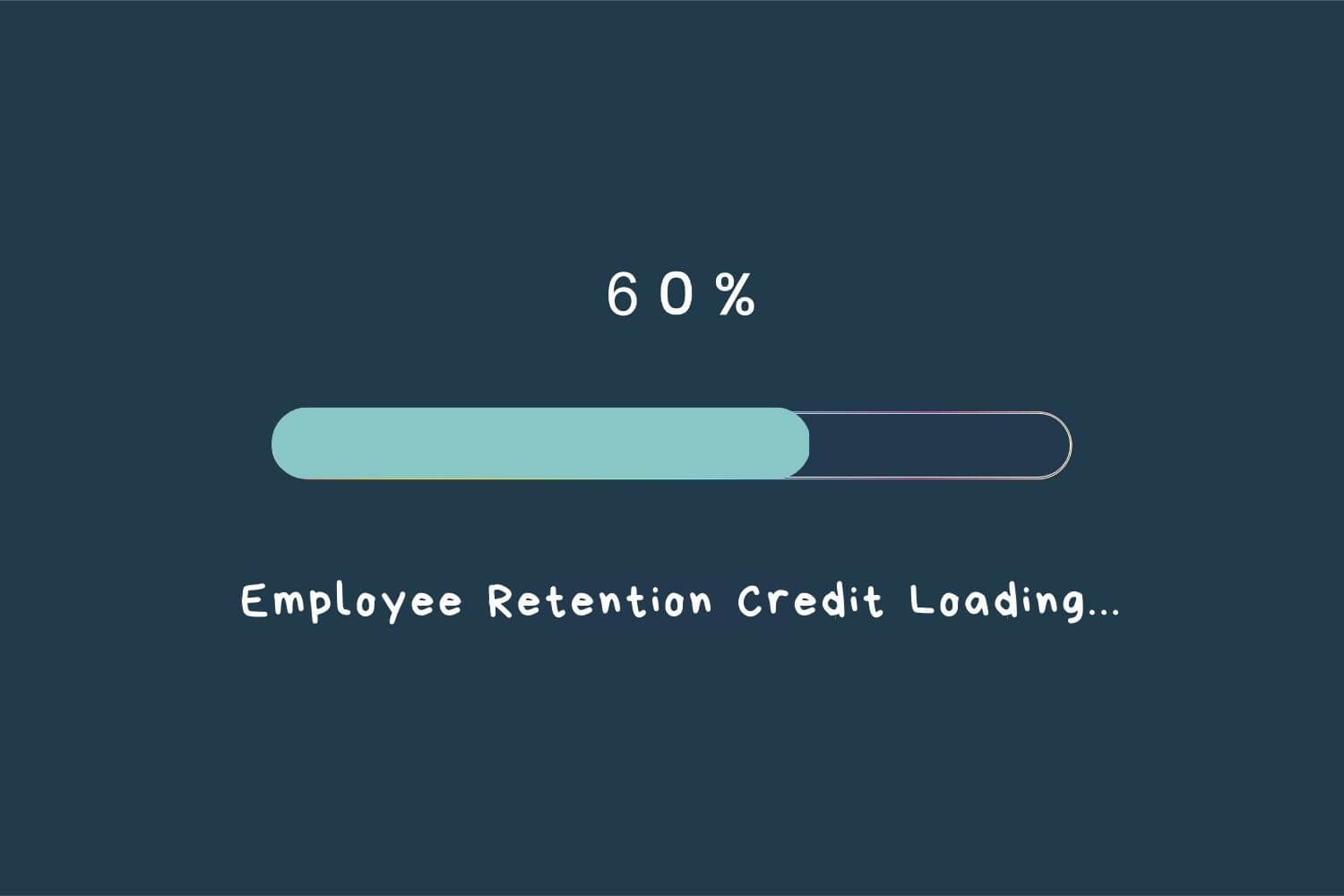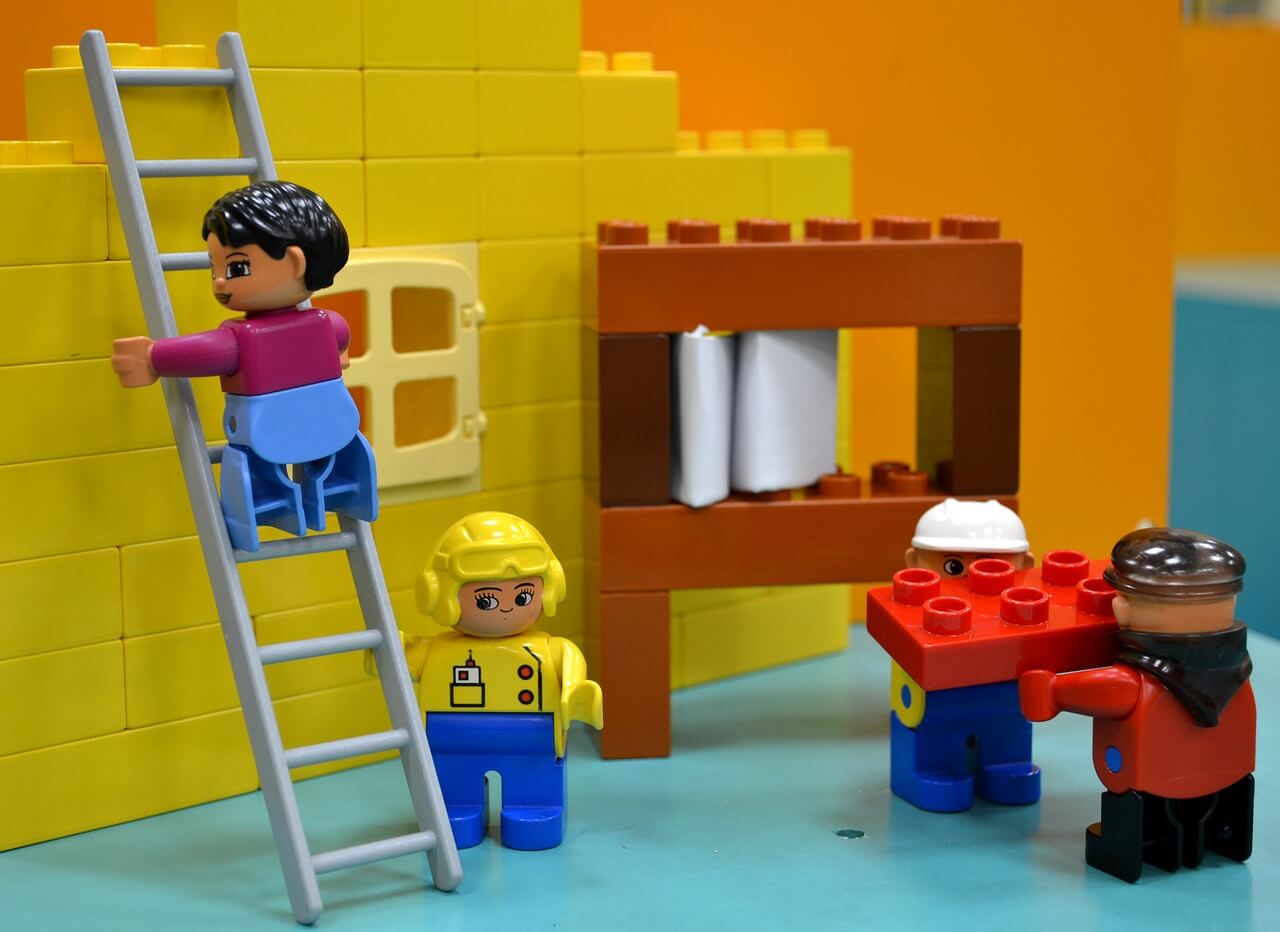In June I shared ideas on what to do with your direct mail letter. See the Planned Giving Series. This month we’re taking a hiatus from promotion to look at why bequests are basic to your Planned Giving program. You should expect 75 to 80 percent of your planned gifts to be bequests. They are …
Finance/
Financing & Loans
=-=-=-=-=-=-=-=-=-=-=-=-=-= Update on Proposed Changes to CFC Regulations: As I write this, a Congressional Hearing about the proposed CFC regulations are scheduled for July 10th. I will have a special update on the proposed CFC regulations after the hearing, and what next action steps are recommended. =-=-=-=-=-=-=-=-=-=-=-=-=-= Have a plan, work the plan! In my …
No one would argue the fact that every fundraising campaign needs a goal and that everyone connected with the campaign, including prospective donors, needs to be aware of that goal. Why, then, do people so often fight the setting of a goal for each prospective donor and the sharing of that goal with the prospect? …
Update on Proposed Changes to CFC Regulations: First, regarding the proposed changes to the CFC regulation (in my May 30 posting), I want to thank you if you took the opportunity to send a comment to the Office of Personnel Management (OPM) about the proposed changes. While the Federal Register comment period closed on June …
…and I’m taking this opportunity to thank a few people and emphasize the fundraising rules upon which all of the blog postings are based. Giving Thanks First, I have to thank Carter McNamara, owner of this website and creator of the Free Management Library, for inviting me to “invent” the Fundraising Blog, and to keep …
=-=-=-=-=-=-=-=-=-=-=-=-=-= The Congressional Hearing on OPM’s Proposed Changes to CFC which was originally scheduled for June 26, 2013 has been postponed. The hearing is tentatively being rescheduled for July 10, 2013 Watch This Space for Updates. =-=-=-=-=-=-=-=-=-=-=-=-=-= The Office of Personnel Management (OPM) received more than 800 comments about the proposed changes to the CFC …
In May I helped you write your direct mail bequest letter. This month, tips on what to do with your letter. If your budget won’t allow direct mail, don’t worry. There are plenty of other bequest promotion channels and I’ll get to them. These ideas will improve your direct mail bequest letter: Personalize. Use full …







